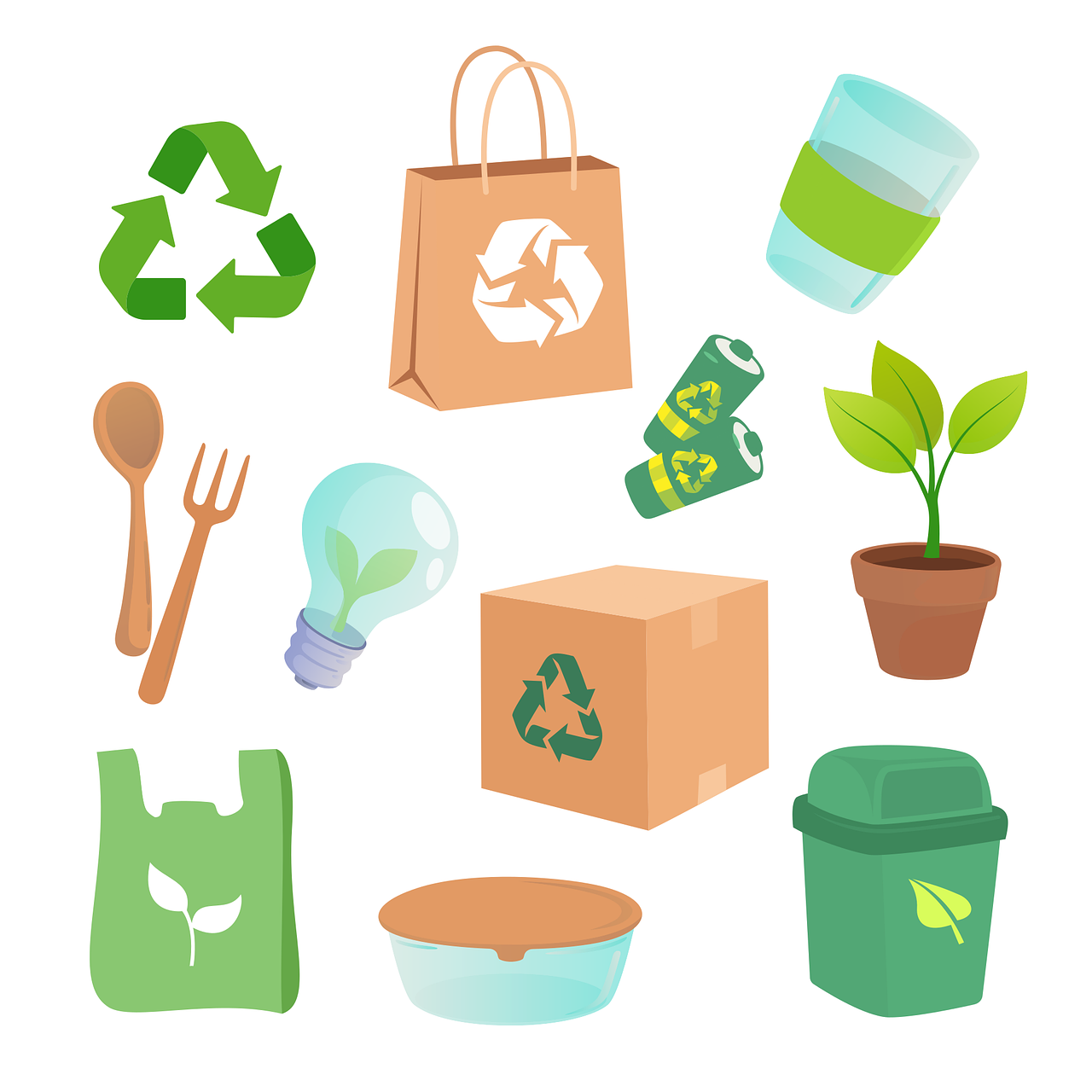I was living in the belief that this symbol on the packaging is the promise of a solution.
Nothing further from the truth.
For many years I was convinced that this logo promises 100% recycling.
At least that's what marketing campaigns tell us.
It feels good to buy products labeled “made from recycled plastic” or “recyclable”.
But in reality, only a small percentage of product packaging is recyclable.
Take a closer look at the sign and the number between the arrows️.
You'll find a #recycling code.
It identifies the different material from which an item is made.
Following 7 codes are defined for plastics.
1. PET (Polyethylene Terephthalate)
2. HDPE (High Density Polyethylene)
3. PVC (Polyvinyl Chloride)
4. LDPE (Low Density Polyethylene)
5. PP (Polypropylene)
6. PS (Polystyrene)
7. Other (Polycarbonate, Polyamide, Styrene Acrylonitrile, Acrylic Plastics/Polyacrylonitrile, Bioplastics)
Some of them are easier to recycle than others.
But, the presence of a recycling code on an item is not an automatic indicator that a material is recyclable. It is merely a possibility to recycle.
Why is that?
Plastics are complex compositions of many materials. It is almost impossible to separate them.
Many plastics are too dirty for further processing.
In the end only about 7% of virgin raw materials are recycled.
The rest is downcycled or used to generate energy. Thermal recovery sounds better, though plastic waste is used as a fuel.
Is “circular economy” not more than an idea and marketing?
Here links ⬇️ to some interesting videos and documentaries .
Check the comments and learn more about the difficult but lucrative recycling business.

